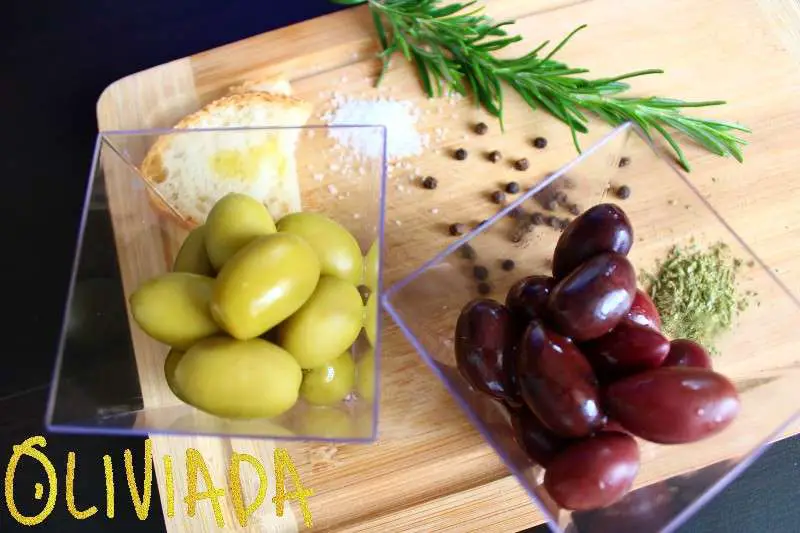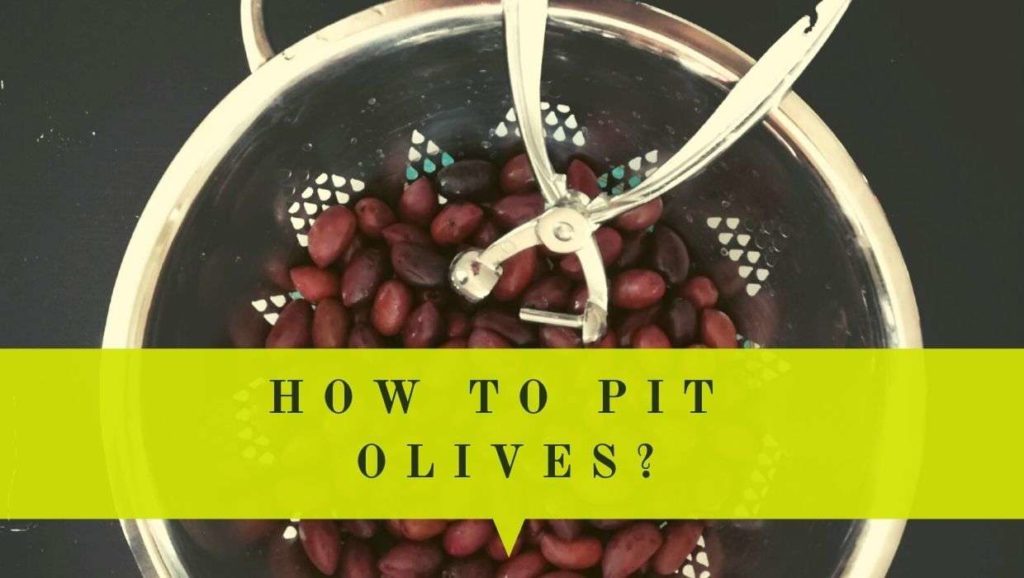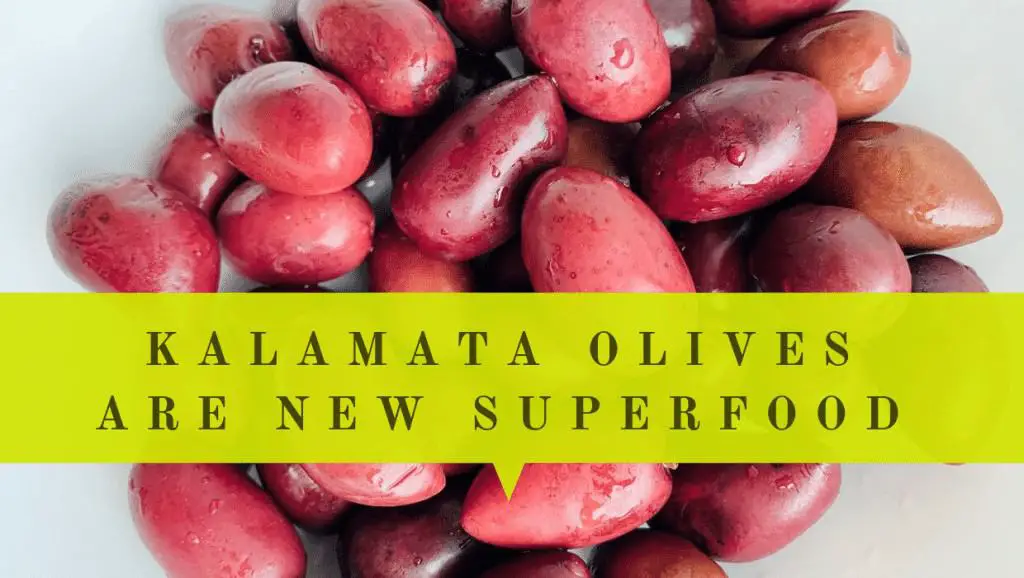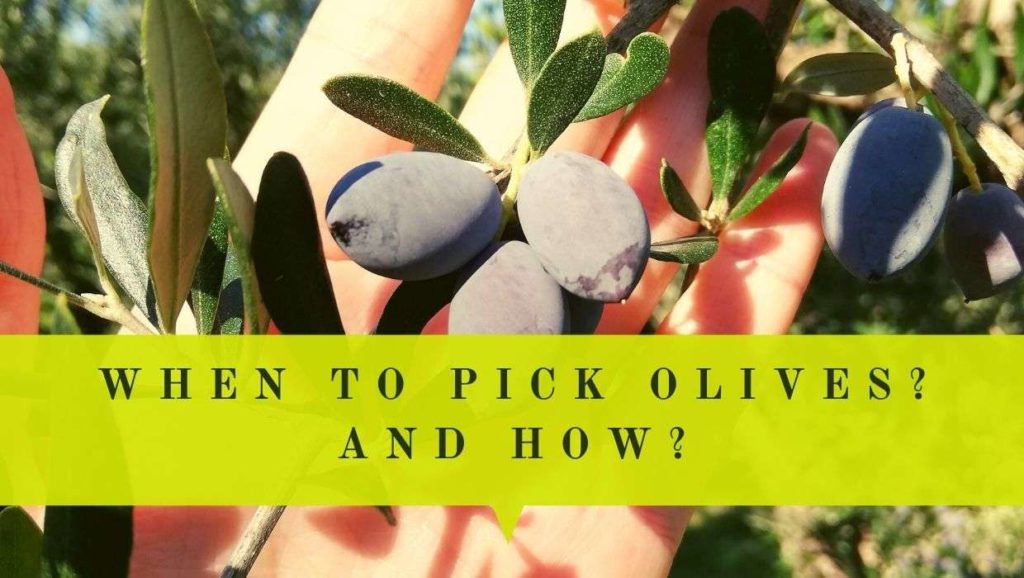This post may contain affiliate links which may generate a small commission from clicks that result in a purchase.
Every autumn or early winter my Greek family is collecting Kalamata olives in the Messinia region and using them in different ways: some for curing, some for marinating, and some for olive oil extraction.
There are many ways on how to cure Kalamata olives, but the essential goal is to extract the oleuropein from them – the compound found in olive skin and flesh that makes the olives extremely bitter when just picked.
So in this article, I would like to go through 3 different methods on how to cure Kalamata olives and enjoy them all year round!
3 Ways to Cure Kalamata Olives
When I pick fresh, raw olives straight from the tree and try to bite them, olives seem to be inedible, extraordinarily salty, and bitter. It happens due to the high concentration of oleuropein, a type of phenolic bitter compound in olive skin and flesh, but rich in health benefits.
For this reason, already many years ago my Greek family and other people cure olives first to make them pleasant and edible and, of course, for preservation purposes.
Here I have 3 different most common methods of curing Kalamata olives to share with you:
1. Water-curing Kalamata Olives
Water-curing is the oldest method where the basic principle is to gradually drain out the bitter compound, oleuropein, by keeping Kalamata olives submerged in water for a period of time while changing it once or twice per day.
What is the process?
- Use only fresh Kalamata olives – choose the darkest, fattest olives
- Prepare Kalamata olives by cracking or cutting each olive so that the bitter oleuropein can more easily leach out. If you leave them whole, they’ll need to sit in a water for longer
- Fill a jar or container with water and drop olives immediately into water
- Keep olives submerged in water so place something on top of the olives (plate or stone)
- Put the container in a fridge
- Change the water on daily basis for a month. You can start tasting after two weeks, to see if they are palatable
- Once Kalamata olives are no longer bitter, you can add olives in a brine of salt, vinegar and water at a ratio of 3 parts salt, 10 parts vinegar and 40 parts of water
- Add in a selection of herbs such as oregano, rosemary, chilli or lemon, lime and garlic to get flavour and prevent rotting
- Soak Kalamata olives in the vinegar brine and flavourings, ensure they are submerged under the brine. Pour over a little layer of olive oil which will stop oxygen touching the Kalamata olives
- Use a lid to seal container or jar and let Kalamata olives sit for a week to infuse the newly added flavours before sampling
- These Kalamata olives are ready to eat in about another week, but can be stored in the refrigerator for up to a year.
Pros
Overall Kalamata olives water-curing method is very easy, takes around 4 – 6 weeks, and no need for special ingredients.
Cons
Water-curing requires your daily attention for at least a month so it’s better to set up reminders not to skip any days.

2. Brine-curing Kalamata Olives
Another way of curing Kalamata olives is brine-curing, a very popular and easy way.
The brine makes Kalamata olives ferment, thus breaking down oleuropein and changing olive sugars to lactic acid bacteria which plays a significant role in olive fermentation processes. This is how Kalamata olive gets flavors and preservation.
I prepare Kalamata olives by washing them under running water and soak them in salty water for close to six months depending on an olive preparation method.
What is the process?
- Use water-curing 1 – 5 steps described above in order to prepare Kalamata olives for brine-curing
- After 2 days soaking in just water, use a brine of 1:10 ratio solution where 1 part salt to 10 parts water
- Soak Kalamata olives in salt brine, make sure they are submerged (you can place a stone or plate on top of olives)
- Close the container with a lid and put it in a fridge
- Change the brine on weekly basis. This will leach bitterness out faster
- Sometimes it happens and I see a mould start growing up, then I get rid of brine, wash olives and make a fresh brine
- If I use crushed or cut Kalamata olives, I leave them to sit in a brine for 4 – 6 weeks depending on taste. But if I use whole Kalamata olives, then I leave them for 6 months or more to sit in a brine and get the best taste possible
- In general, I taste brine-curing Kalamata olives after a month. And if they are still bitter, I keep them soaking until I am happy with a taste
- Once the olive bitterness has gone, one of the ways to keep olives is to use a vinegar brine at a ratio 3 parts salt, 10 parts vinegar and 40 parts of water
- Add in a selection of herbs such as oregano, rosemary, chilli or lemon, lime and garlic to get flavour and prevent rotting
- Soak Kalamata olives in the vinegar brine and flavourings, ensure they are submerged under the brine. Great tip is to pour over a little layer of extra virgin olive oil which will prevent oxygen touching the Kalamata olives (and not to go bad).
- Use a lid to seal container or jar and let Kalamata olives sit for a week to infuse the newly added flavours before sampling.
- Kalamata olives store well in a sealed jar or container for up 6 months in a cool dark place, or in the refrigerator for up to a year.
Pros
A very popular brine-curing method is moderately easy, less attention needed vs water-curing method.
Cons
A brine-curing process can take up to 6 months if you use whole Kalamata olives, so if you are in rush better choose water-curing or lye-curing methods.

3. Lye-curing Kalamata Olives
The Lye-curing Kalamata olives method may sound complicated but actually, it is not difficult, just time-consuming and lots of dedication. However, the results are so delicious and it is worth the effort.
The Lye ingredient helps rapidly to get rid of the bitter oleuropein components in olive skin and flash. For this reason, this curing process is much faster than water-curing or brine-curing.
Only one drawback in this method is lye ingredient specifics and how careful you should be using it. Pure lye can burn your skin, so always wear long sleeves, gloves, and glasses. You will probably be very careful and not get lye on you, but better to be safe than sorry.
What is the process?
- Pour 4 glasses of cold water in a glass container, a stainless steel pot or glass jar. Never use alliuminium, which react with lye and extract poisonous components.
- Add 1 tablespoon of lye into a water. Always add lye into a water and not opposite. Stir well with a wooden spoon
- Soak olives in the prepared lye-brine, ensure they are submerged so place something on top of the olives (plate or stone)
- Let it stay overnight for 12 hours, and next morning pour off the solution which helps to remove olive bitterness
- Repeat the process one more time for Kalamata olives and keep them in lye-brine for 12 more hours
- Then pour off the lye solution and rinse olives with cold water
- Now its time to cleanse Kalamata olives. Soak the olives in fresh, cold water, changing the water 3 to 4 times a day for the next 3 days
- At the end of 3 days, taste an olive to make sure that there is no trace of lye flavor remaining. Olives should taste a little soapy or bland but not bitter. If there is, keep up to 6 days
- Once a bitterness has gone, brine Kalamata olives in a clean glass, or food-grade plastic container. Use a ratio at 4 cups of cold water with 1 tablespoon of sea salt and soak Kalamata olives for at least a day
- The olives are now ready to be stored in the refrigerator for up to one year
Pros
A very fast method to cure Kalamata olives, it takes around 2 – 4 weeks depending on olive preparation if you use them whole or crushed.
Cons
A sepcial ingreient Lye is needed. Also, you need to be careful not to burn yourself while mixing it with water while preparing brine solution.
Are Cured Kalamata Olives Healthy?
Yes, absolutely! Besides adding flavor to Kalamata olives, they are one of the healthiest olives in the world, rich in antioxidants and vitamins, and offer multiple benefits.
Many studies have proven, cured olives consist of phytonutrients that provide essential health benefits. For instance, researchers link oleuropein to have an anticancer effect despite making olives extremely bitter, whereas oleanolic acid benefits your heart health.
It’s also rich in gallic acid that helps to reduce symptoms of Alzheimer’s Disease. Recent research suggested that the acid assists in repairing the nerve cell damage that Alzheimer’s disease causes in rats.
In addition to other health benefits, the olives from Kalamata city are rich in macro and micronutrients such as:
- Iron
- copper
- Calcium
- Vitamin E
- Magnesium
- Vitamin A
- Potassium
- Phosphorus
Indeed, cured Kalamata olives are considered as superfoods, and more about it you can find in my article here:

How Do I Make Kalamata Olives Less Salty?
Generally, olives are incredibly salty. For less salty olives, allow them to sit in some cold fresh water for some time. The amount of time they take depends on how much salt they have and how less salty you prefer them. It could be two to twenty-four hours, depending on how you want them to taste final.
Remember that while reducing the salt, the sourness and bitterness in Kalamata olives fade too, thus effectively removing part of its flavor.
How Long Do I Keep Cured Olives?
If left unopened and perfectly sealed, cured Kalamata olives will last for around 1-2 years. However, the overall shelf life depends on a few factors: storage conditions, preparation method. For example, only water-curing olives will last less vs salt-curing olives.
Suppose cured olives go wrong; just use your sense of smell to tell whether they are okay or not. Rotten olives tend to have an odor after they start rotting. For the color and texture, they change and grow mold if spoilt. Always better to enjoy Kalamata olives before the expiry date.
Remember, if you notice any spots on olives, please do take a moment to ensure they’re safe prior consumption.
Looking for a Personalized Gift?
Adopt an OLIVE TREE in Greece –
Receive Premium Olive Oil!
Generic FAQs
How long does it take for olives to cure?
If you use the water-curing method, you can start tasting olives in 4 – 6 weeks. Brine-cured olives need at least a month to be ready to eat. The fastest way to cure olives is lye-curing where you can start tasting olive in a couple of weeks. Important to note, that curing time depends on the size of olives and if they are whole or slit, or cracked.
How do you cure green Kalamata olives?
You can use the water-curing or brine-curing method to cure green Kalamata olives. Soak them in water for many weeks while changing the brine water regularly. Because green Kalamata olives are less mature, they will need longer to brine and lose their bitterness. Taste it after a couple of months to check if it’s your preferable taste and level of saltiness.
What is the fastest way to cure olives?
The fastest way to cure olives is the lye-cure method. Lye helps to remove olive bitterness faster and you can taste olives in a couple of weeks after soaking them in lye and adding brine afterward.
How do you cure olives without lye?
You can prepare salt or vinegar brine to cure olives while changing this solution into a fresh one on regular basis. Or just simply use the ancient method and use the water-curing method by changing the water frequently and removing bitter components.
Final Thoughts
Now that this information is out there, you should jump in and cure Kalamata olives with the above fundamental curing techniques. The processes are elementary, and once you follow them your olives will be ready to eat.
Cured Kalamata olives’ strong flavor makes them a great addition to many dishes, such as salads, pasta, pizza, and dressings. And most importantly you can enjoy them all year round!
Do you know of any other ways on how to cure Kalamata olives? Tell us by leaving a comment below.
Read Next

Learn More
- Why Kalamata Olives are the Healthiest?
- Kalamata Olives vs Black Olives
- Are Canned Olives Good for You?
- Are Stuffed Olives Good for You?
Hi, I’m Vangelis Kleftogiannis, the founder of Oliviada and an established olive oil expert from Kalamata, Greece. My expertise isn’t just in producing quality Extra Virgin Olive Oil, but also in the cultivation and care of olive trees themselves. I am deeply committed to sharing my knowledge and know-how, helping others understand the intricacies of olive tree growing and the creation of quality olive oil.

Isn’t lye a nasty, dangerous chemical that should be avoided?
Hi Ian,
Lye requires careful handling to avoid hazards. However, it is traditionally used in curing olives because it effectively removes bitterness quickly. For those looking to avoid lye, there are natural alternatives like water-curing and brine-curing. Water-curing involves soaking olives in water and changing it daily, while brine-curing uses a saltwater solution to ferment the olives over several weeks. Both methods are effective and safer options for curing olives without using lye.